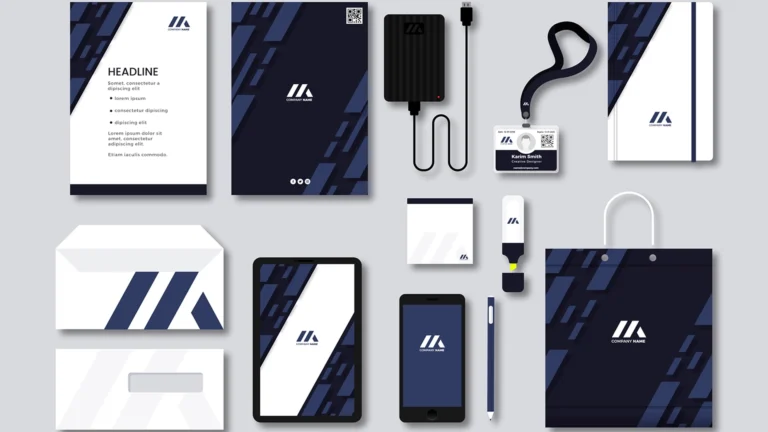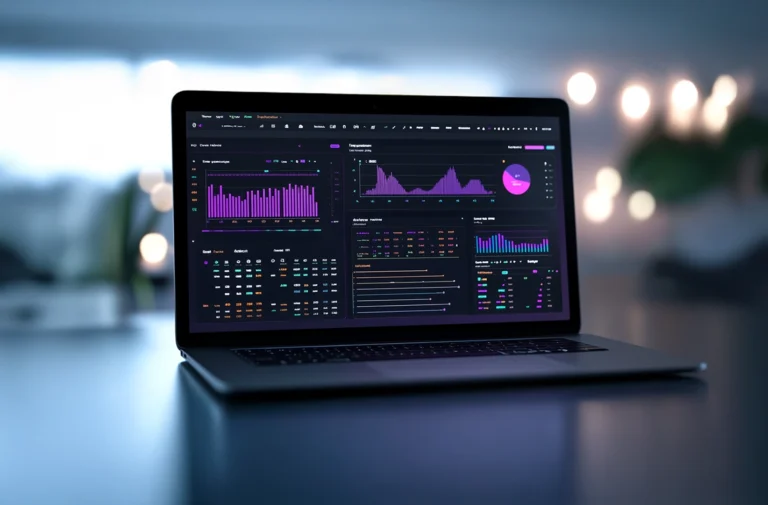In the fast-paced world of digital marketing, paid media and advertising have become essential tools for businesses looking to increase visibility, attract new customers, and drive sales. Whether you’re running Facebook Ads, Google Ads, or retargeting campaigns, paid media allows you to target the right audience, maximize ROI, and scale your business efficiently.
This guide explores how to build a high-converting Facebook ad campaign, the differences between Google Ads and Facebook Ads, the impact of retargeting, the power of funnel-based advertising, and common paid media mistakes businesses should avoid.
How to Build a High-Converting Facebook Ad Campaign
Facebook Ads remain one of the most powerful paid media platforms, offering businesses the ability to reach highly targeted audiences with precision. However, launching a successful campaign requires more than just boosting a post. Here’s how to create high-converting Facebook ads that drive results.
1. Define Your Campaign Objective
Facebook Ads Manager offers different campaign objectives, such as:
- Brand Awareness – Best for introducing your brand to a new audience.
- Traffic – Drives users to your website or landing page.
- Conversions – Encourages actions like purchases, sign-ups, or lead generation.
Choosing the right objective aligns your ad with your business goals.
2. Target the Right Audience
Facebook’s advanced targeting options allow you to narrow down your audience based on:
- Demographics (age, location, gender, interests)
- Custom Audiences (people who have visited your website, engaged with your content, or purchased before)
- Lookalike Audiences (users similar to your existing customers)
3. Create Engaging Ad Creative
Your ad’s image, video, and copy must grab attention and clearly communicate value. High-performing ads often:
- Use high-quality visuals or short-form videos
- Feature clear and compelling headlines
- Include a strong call to action (CTA) like “Shop Now” or “Learn More”
4. Optimize Your Ad Budget & Bidding Strategy
Start with a daily budget that allows Facebook’s algorithm to optimize performance. Test different ad sets with A/B testing to determine what works best before scaling up your budget.
5. Monitor & Optimize Performance
Use Facebook Ads Manager to track key metrics such as:
- Click-through rate (CTR)
- Cost per acquisition (CPA)
- Return on ad spend (ROAS)
Regularly tweak targeting, creatives, and bidding strategies to improve performance over time.
Google Ads vs. Facebook Ads: Which One Works Best?
Both Google Ads and Facebook Ads are powerful tools, but they serve different purposes. Here’s how to determine which is best for your business.
Google Ads: Best for Intent-Based Searches
- Uses search intent to display ads when users actively look for a product/service.
- Works well for local businesses, eCommerce, and service-based industries.
- Great for capturing high-converting leads ready to make a purchase.
Facebook Ads: Best for Brand Awareness & Social Engagement
- Uses detailed audience targeting to push ads to potential customers.
- Works well for brand discovery, storytelling, and product promotions.
- Ideal for businesses looking to build relationships and create engagement.
Which One Should You Choose?
If you want to capture high-intent customers already searching for your services, Google Ads is the better choice. If your goal is brand awareness, engagement, or social sales, Facebook Ads will be more effective. Many businesses combine both for the best results.
How Retargeting Ads Can Increase Your Sales
Retargeting is one of the most effective ways to bring back potential customers who have already engaged with your brand. Studies show that retargeted users are 70% more likely to convert compared to first-time visitors.
How Retargeting Works:
- A user visits your website or social media page.
- They leave without making a purchase or taking action.
- They see your ad later on Facebook, Instagram, or Google reminding them to return.
- They click on the ad and complete their purchase or sign-up.
Best Retargeting Strategies:
- Cart Abandonment Ads – Remind users to complete their purchase.
- Engagement-Based Retargeting – Target people who interacted with your social media posts but didn’t take action.
- Website Visitors – Show ads to visitors who browsed your site but didn’t convert.
By re-engaging warm leads, retargeting helps reduce wasted ad spend and increases overall conversion rates.
The Power of Funnel-Based Advertising for Business Growth
A sales funnel is a structured approach to moving potential customers from awareness to conversion. Funnel-based advertising allows businesses to deliver targeted ads at different stages of the customer journey.
1. Awareness Stage (Top of Funnel – TOFU)
Goal: Introduce your brand to new audiences
Best Ad Types:
- Video ads
- Blog promotion ads
- Educational content
2. Consideration Stage (Middle of Funnel – MOFU)
Goal: Build trust and encourage engagement
Best Ad Types:
- Retargeting ads
- Lead generation ads
- Webinars or free resources
3. Conversion Stage (Bottom of Funnel – BOFU)
Goal: Get users to make a purchase or take action
Best Ad Types:
- Discount offers
- Product demo ads
- Customer testimonials
Using funnel-based advertising, businesses can nurture leads effectively instead of pushing cold sales ads.
Common Paid Media Mistakes and How to Avoid Them
Even experienced marketers make mistakes when managing paid ad campaigns. Here are the top mistakes businesses make with paid media and how to fix them:
1. Targeting the Wrong Audience
Many businesses waste ad spend by targeting a broad, unfocused audience. Use detailed audience segmentation and retargeting strategies to reach the right users.
2. Ignoring A/B Testing
Testing different ad variations is crucial for performance. Always test multiple ad creatives, headlines, and CTAs to determine what resonates best with your audience.
3. Not Optimizing for Mobile
Over 80% of social media users browse on mobile. Ensure your ads and landing pages are optimized for mobile-first experiences.
4. Sending Traffic to a Poorly Designed Landing Page
Even the best ad won’t convert if it leads to a slow or confusing landing page. Ensure your landing page is fast, visually appealing, and has a clear CTA.
5. Failing to Track ROI
If you’re not monitoring cost per click (CPC), return on ad spend (ROAS), or conversion rates, you’re wasting money. Use Google Analytics, Facebook Pixel, and conversion tracking to measure success.
Avoiding these common mistakes can save ad budget and increase profitability.
Conclusion
Paid media and advertising are powerful tools for driving brand awareness, generating leads, and increasing sales—but only when done strategically. Whether you’re launching a Facebook ad campaign, running Google Ads, implementing retargeting, or using funnel-based marketing, having a clear strategy ensures the best ROI.
By avoiding common mistakes, optimizing audience targeting, and continually testing ad performance, businesses can scale their digital marketing efforts more efficiently and profitably.












